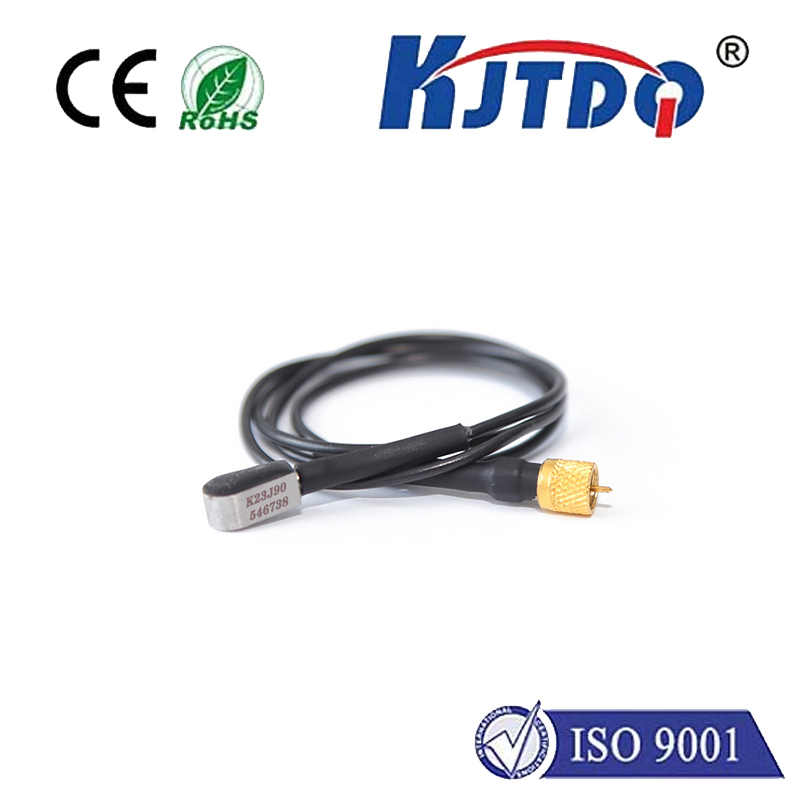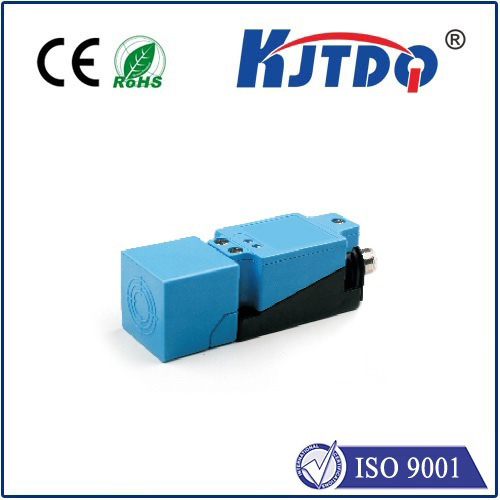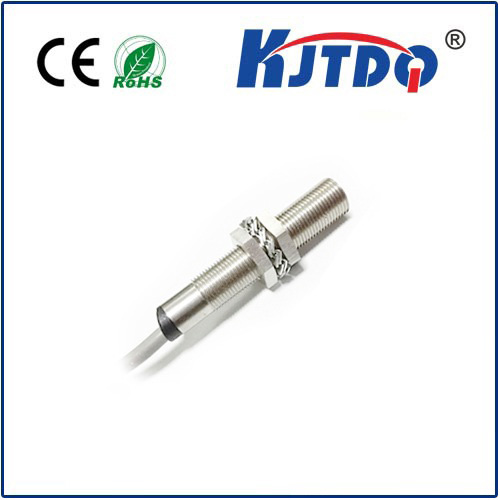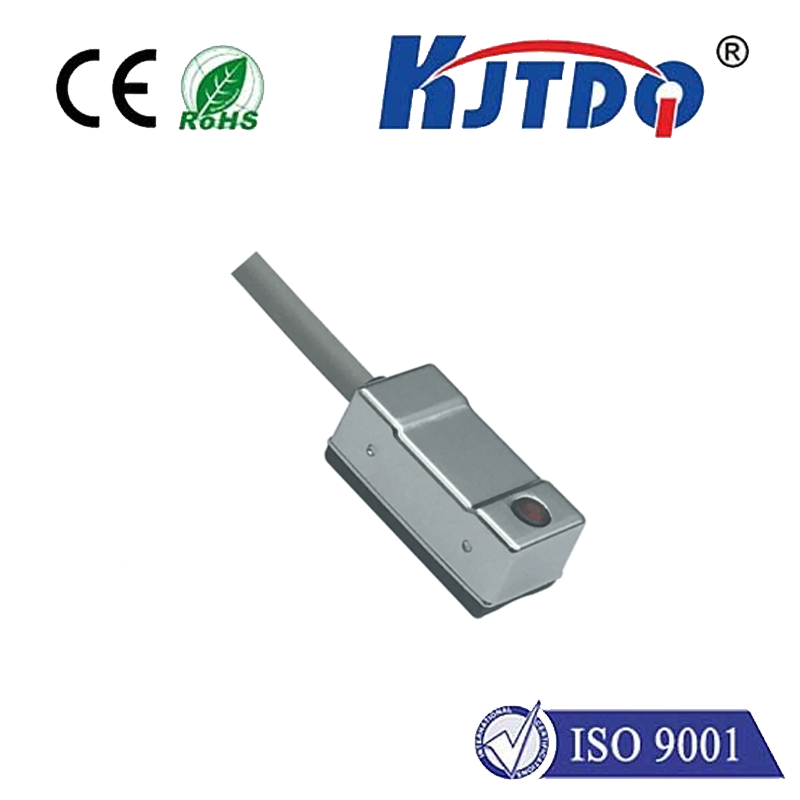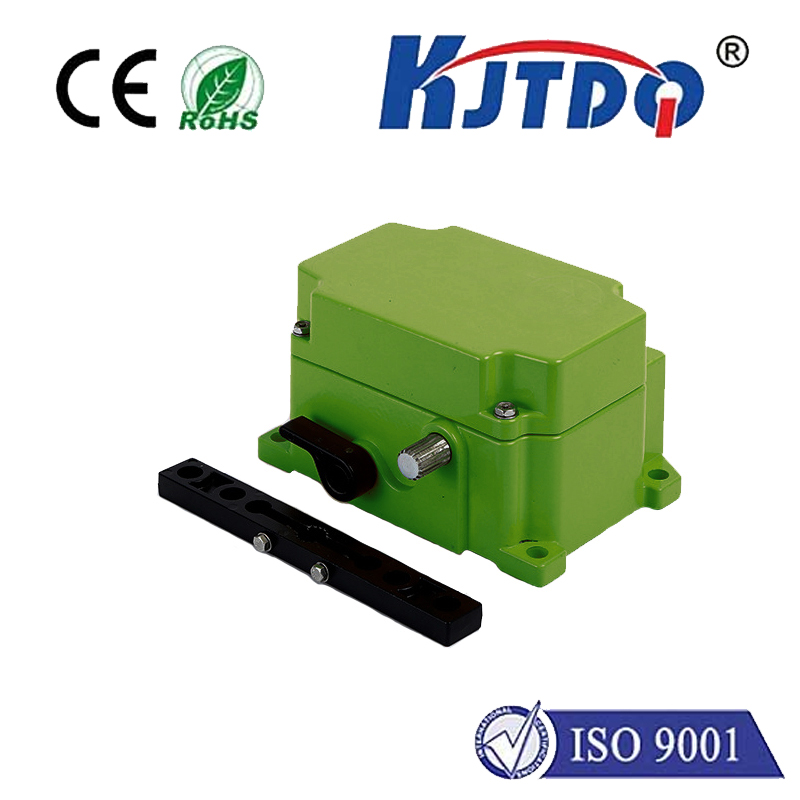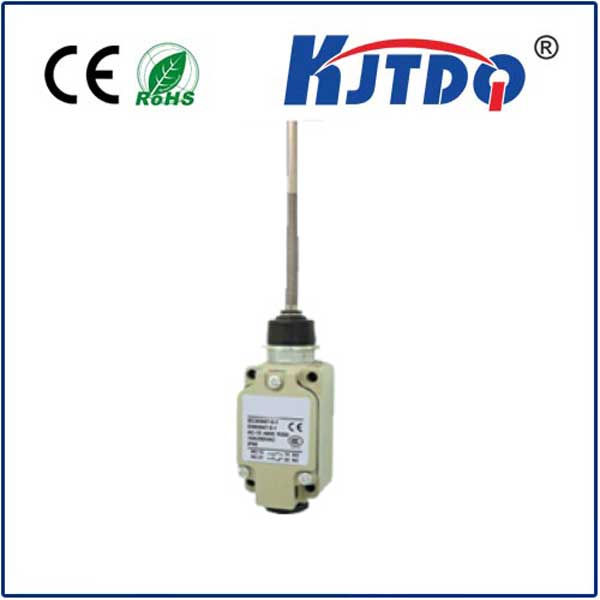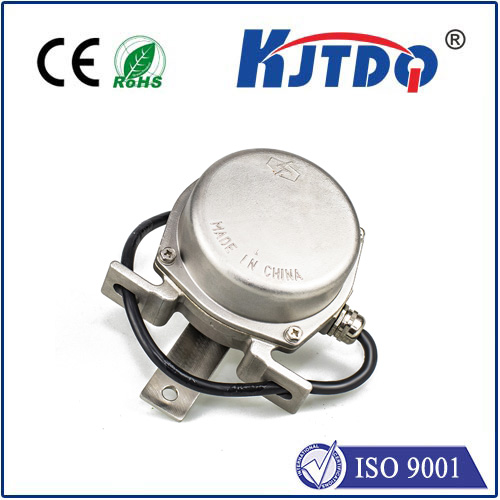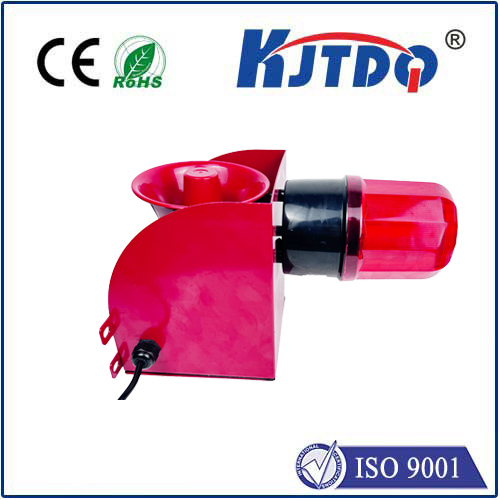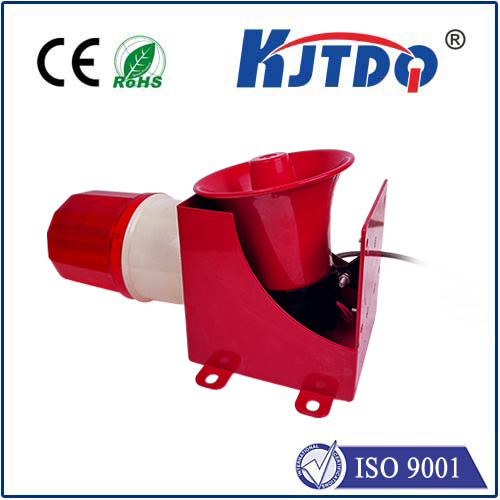
check

check

check

check
Title: Exploring the Functionality of Rotary Limit Switches
Rotary limit switches are essential components in various mechanical and electrical systems. They are designed to detect the position or rotation of a device, triggering specific actions when the set limits are reached. In this article, we will delve into the functionality of rotary limit switches and their applications in different industries.
Firstly, let's understand what a rotary limit switch is. A rotary limit switch is an electromechanical device that consists of an actuator, typically a roller or lever, which interacts with a contact assembly. When the actuator reaches a certain point during its travel, it activates the contacts within the switch, completing or breaking an electrical circuit. This signal can then be used to control other devices or processes.

The primary function of a rotary limit switch is to provide accurate position feedback. In industrial settings, these switches are commonly used in machines and conveyor belts to monitor and control movement. For example, a rotary limit switch may be employed on a packaging machine to ensure that products are properly aligned before sealing them shut. If a product is not in the correct position, the limit switch sends a signal to stop the machine, preventing damage or wastage.
In addition to position monitoring, rotary limit switches play a crucial role in safety systems. They can be installed on robotic arms or automated machinery to prevent collisions or overtravel. When the arm reaches a predefined limit, the limit switch triggers a response, such as reversing direction or halting movement, thereby safeguarding both the equipment and personnel nearby.
Another application of rotary limit switches is in HVAC systems where they regulate temperature by controlling fan speed and airflow direction. As the system reaches desired temperatures, the limit switch activates, adjusting fan speed accordingly to maintain comfort while minimizing energy consumption.
Furthermore, rotary limit switches are integral in automotive engineering for tasks like steering wheel positioning, throttle control, and anti-lock braking systems (ABS). These switches help vehicles operate smoothly by providing real-time feedback on orientation and speed, ensuring driver safety and comfort.
It's worth noting that rotary limit switches come in various configurations, including single pole single throw (SPST), single pole double throw (SPDT), and double pole double throw (DPDT), each offering different levels of control complexity based on application requirements.
Maintenance of rotary limit switches is also straightforward. Regular cleaning to remove dust and debris from the actuator and contact points helps maintain reliable operation. Checking for loose connections or wear on the contacts ensures consistent performance over time.
In conclusion, rotary limit switches serve as indispensable sensors across numerous industries. From industrial automation to automotive safety, these switches enable precision control and protection against misalignment or hazardous situations. Their reliability and simplicity make them an efficient solution for monitoring and managing mechanical movements and processes. By understanding how rotary limit switches work and their diverse applications, engineers can better integrate them into designs that demand accurate position detection and enhanced safety measures.
